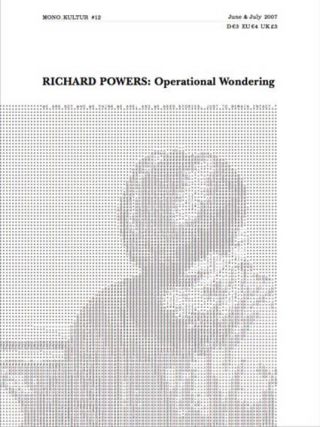
David Adjaye
availability unknown, if interested please write an email
I love utopia, but I’m deeply frightened of complete projects.
‘Ambassador for the Other’, ‘The Artists’ Architect’, or ‘Architecture’s Eminem’, David Adjaye is burdened by labels. For a young architect, Adjaye’s celebrity is dazzling, but his position as the profession’s pin-up constantly threatens to overshadow his work. The media’s fascination with Adjaye has always related to how he differentiates himself from other architects, but somehow the exposure has propelled him into an incongruous role as their spokesman. Adjaye has come to represent architecture, exactly because he is not representative of architects.
From within the architecture profession, Adjaye seems to be at its periphery, but from without, at its centre. These parallel perspectives allow him to be simultaneously critical and engaged. In fact, being comfortable with not fitting in is something Adjaye seems to have learnt growing up. As the son of a Ghanaian diplomat, he was born in Tanzania and had lived in Libya, Cairo, Beirut and Saudi Arabia by the time he moved to London aged nine. And as an architecture student at the Royal College of Art, he spent more time with Fine Art students, including Chris Ofili, and Jake and Dinos Chapman, who later became his collaborators and clients.
Only a year after graduating, Adjaye started up an office with William Russell, and became known designing the bars, restaurants and shops frequented by London’s increasingly influential Young British Artists. During the nineties, Adjaye became adopted as the YBA’s unofficial architect, giving their studios and homes an eerie, clear intensity, sometimes shocking with fluorescent buzz. Soon after he established his own office Adjaye/Associates in 2000, Adjaye blew up in the scene with a series of houses for high-profile clients, including Ewan McGregor and Alexander McQueen. The rush of attention opened him up to public criticism and private envy, and he was met by the architecture profession with a veil of scepticism that barely concealed their resentment. His Elektra House, which blanked its surroundings with a windowless façade, provoked outraged letters within the architectural press, while Adjaye was becoming idolized by the popular media from without. Collaborations with Ofili then Olafur Eliasson at consecutive Venice Biennales and commissions by Frieze Art Fair and Vogue put Adjaye on glossier pages and broader bandwidths than architects are used to. His office’s work then shifted scale, with the Nobel Peace Centre in Oslo, and two Idea Stores for the London Borough of Tower Hamlets that applied retail and marketing techniques to revamp the dilapidated model of East London’s libraries.
Meanwhile Adjaye co-presented the BBC series Dreamspaces, had a major retrospective of his work at the Whitechapel Art Gallery in 2006, and in June 2007, at the age of 41, received an Order of the British Empire from the Queen. Adjaye’s rise to fame has been so stellar, his architecture has inevitably found it difficult to compete with the hype. But with a series of four seminal cultural buildings due to open in late 2007, Adjaye seems to be taking on an extra level of responsibility in his work.
Three of the projects, all in London, add up to an earnest political agenda: an arts centre in Tottenham carrying out the vision of the late MP and civil rights leader Bernie Grant, an education centre in Deptford commemorating the murdered architecture student Stephen Lawrence, and a visual arts gallery in Shoreditch supporting cultural diversity.
The fourth, a museum of contemporary art in Denver, has catapulted Adjaye onto the international stage. Until now, Adjaye’s work has typically involved reconfiguring fragments of East London, with the gravitational centre as his office in Hoxton. But with branches opening in Berlin and New York and new jobs in China, Moscow and Cape Town, Adjaye seems ready to occupy foreign ground with new purpose. Adjaye the outsider is poised to transform architecture outside-in.


















